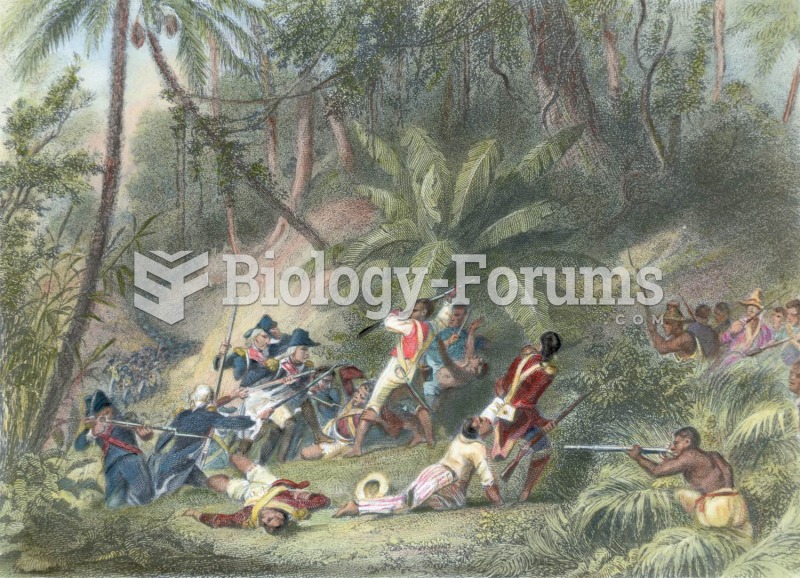Answer to Question 1
Slave patrols were first established in the South during the mid-1740s, with officers being given broad powers to punish slaves who committed offenses or who refused to submit to their masters. The slave patrols at this time were coordinated by property owners who, individually, had difficulty controlling the slave population and ensuring that they did not defy their masters. As with the night watch system, slave patrols were based on a form of citizen obligation whereby members of a community would watch over other citizens' slaves to ensure their obedience. Slave patrols evolved into an organized system with a chain of command and organizational structure and were generally considered the precursor to modern police forces in the United States.
By the 1880s, with the abolishment of slave codes, many states enacted Jim Crow Laws. These codes, examples of which are shown in Table 2.3, enforced segregation between whites and blacks in schools, parks, restrooms, public transportation, sports teams, and most other public facilities. Interracial marriage was prohibited, and employers were required to have separate facilities for their white and black workers. Because the police were required to enforce the Jim Crow laws, the black community came to view them essentially as agents of an oppressive legal system that treated them as second-class citizens rather than equal to whites. Much of the tension between the police and minority communities that ensued throughout the early twentieth century resulted from their enforcement first of the slave codes and subsequently the Jim Crow laws.
Answer to Question 2
TRUE







